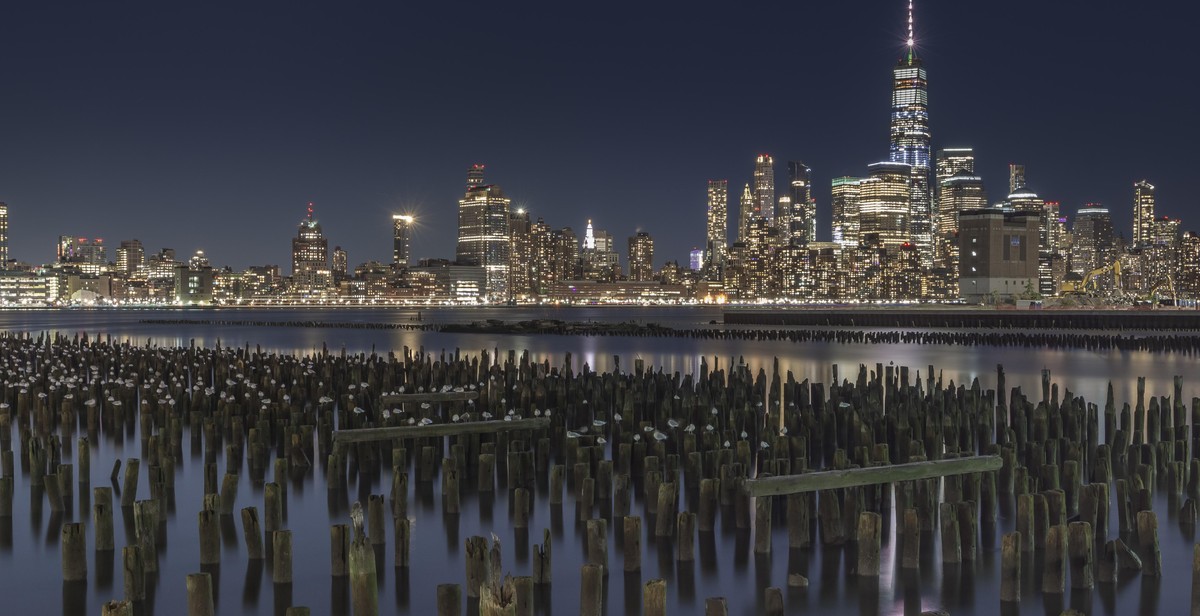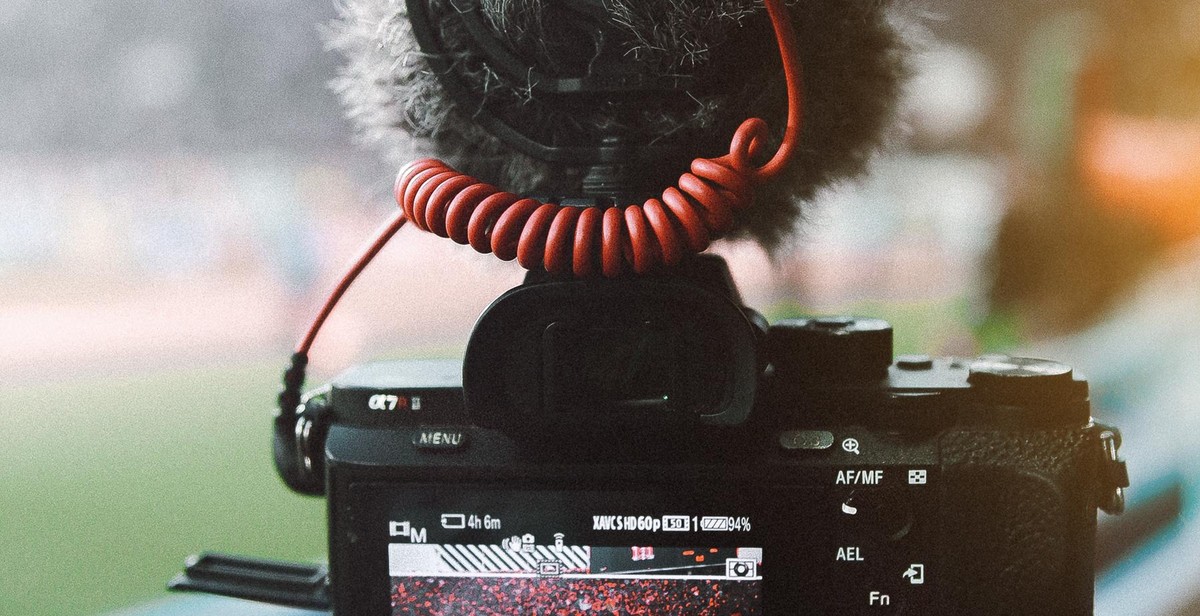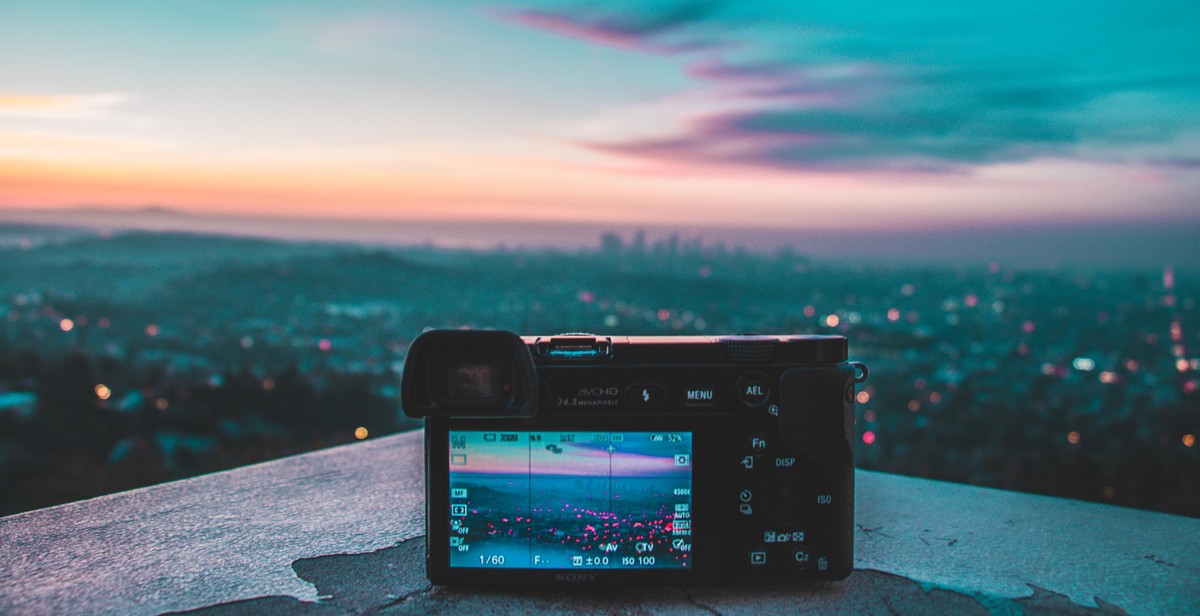How to Capture Central American Landscapes: Photography Tips for Stunning Shots
Central America is a vibrant and diverse region, offering some of the most stunning landscapes in the world. From lush rainforests and towering volcanoes to crystal-clear oceans and pristine beaches, Central America has something for every nature photographer. But capturing the beauty of these landscapes can be challenging, especially for those who are new to photography or unfamiliar with the region.
Personal Experience
As a professional photographer with over 10 years of experience, I have traveled extensively throughout Central America, capturing some of the most breathtaking landscapes I have ever seen. I have learned a lot along the way, from the best time of day to shoot to the best equipment to use for different types of shots.
Why This Article is Important
Whether you are a professional photographer or just starting out, this article will provide you with valuable tips and tricks for capturing stunning shots of Central American landscapes. You will learn about the best locations to shoot, the ideal time of day for different types of shots, and the equipment you need to take your photography to the next level.
So, if you are ready to capture the beauty of Central America in your photography, read on for some valuable tips and tricks!

Understanding the Landscape of Central America
Central America is a region with diverse topography, climate, and natural features that provide a stunning backdrop for photography enthusiasts. Understanding the landscape is crucial to capture the best shots.
Topography and Climate
Central America is located in a tropical zone, and its topography is characterized by mountains, valleys, coastal plains, and volcanic regions. The climate varies from humid subtropical to tropical rainforest, depending on the altitude.
The mountainous regions provide breathtaking views of the valleys and the surrounding landscape. The coastal plains offer a unique perspective of the sea and the land, and the volcanic regions provide an opportunity to capture the raw power of nature.
Seasonal Changes
The seasonal changes in Central America bring about different colors and moods to the landscape. The rainy season, which lasts from May to November, transforms the landscape into a lush green paradise, while the dry season, from December to April, creates a more arid and dusty environment.
Natural Features
Central America is home to some of the world’s most diverse natural features, including beaches, rainforests, volcanoes, and waterfalls. These natural wonders provide an endless source of inspiration for photographers.
- The beaches offer stunning sunsets and sunrises, as well as an opportunity to capture the waves and the shoreline.
- The rainforests provide a rich and vibrant ecosystem, with colorful animals and plants.
- The volcanoes offer a dramatic and awe-inspiring landscape, with plumes of smoke and ash rising from the crater.
- The waterfalls provide a serene and tranquil environment, with the sound of cascading water and the misty atmosphere.
Overall, Central America is a photographer’s paradise, with its diverse topography, climate, and natural features. Understanding the landscape is essential to capture stunning shots that will leave a lasting impression.

Equipment and Gear for Capturing Central American Landscapes
When it comes to capturing stunning shots of Central American landscapes, having the right equipment and gear is crucial. Here are the essential items you’ll need:
Camera
Investing in a high-quality camera is a must for capturing the vibrant colors and intricate details of Central American landscapes. A camera with a high resolution and dynamic range will allow you to capture even the most subtle nuances of the environment. Consider a mirrorless camera with a full-frame sensor for the best results.
Lenses
Having the right lens can make all the difference in capturing stunning landscape shots. A wide-angle lens is ideal for capturing expansive vistas, while a telephoto lens can help you zoom in on specific details. Consider investing in a high-quality prime lens with a wide aperture for optimal sharpness and clarity.
Tripod
Using a tripod is essential for capturing sharp, stable shots of Central American landscapes. Look for a sturdy, lightweight tripod that can handle the weight of your camera and lens. A tripod with adjustable legs and a ball head will give you the flexibility to capture shots from any angle.
Filters
Filters can help you enhance the colors and contrast of your landscape shots. A polarizing filter can help reduce glare and enhance the blues of the sky and greens of the vegetation. A neutral density filter can help you capture long exposures of waterfalls and other moving elements in the landscape.
By investing in high-quality equipment and gear, you’ll be well on your way to capturing stunning shots of Central American landscapes.
Composition Techniques for Capturing Central American Landscapes
Rule of Thirds
The Rule of Thirds is one of the most fundamental composition techniques in photography. The idea is to divide your image into a 3×3 grid, both horizontally and vertically, and place your subject at one of the four intersection points. This creates balance and interest in your shot and draws the viewer’s eye to the subject. When capturing Central American landscapes, consider placing the horizon line on the top or bottom third to emphasize the sky or foreground respectively.
Leading Lines
Leading lines are elements in your shot that guide the viewer’s eye towards the subject. In Central American landscapes, you can use natural elements such as rivers, roads, or even tree branches to create leading lines. This technique adds depth and dimension to your image and creates a sense of movement.
Framing
Framing involves using elements in your shot to frame the subject and draw the viewer’s eye towards it. In Central American landscapes, you can use natural frames such as trees, rocks, or arches to create a sense of depth and perspective.
Foreground Interest
Adding foreground interest to your shot helps create a sense of depth and gives the viewer a point of reference. In Central American landscapes, you can use elements such as rocks, flowers, or even people to add foreground interest. This technique helps create a sense of scale and emphasizes the vastness of the landscape.
| Composition Techniques | Examples in Central American Landscapes |
|---|---|
| Rule of Thirds | Placing the horizon line on the top or bottom third to emphasize the sky or foreground respectively. |
| Leading Lines | Using rivers, roads, or tree branches to create leading lines that guide the viewer’s eye towards the subject. |
| Framing | Using natural frames such as trees, rocks, or arches to create a sense of depth and perspective. |
| Foreground Interest | Adding elements like rocks, flowers, or people in the foreground to create a sense of scale and emphasize the vastness of the landscape. |
Lighting and Exposure
When it comes to capturing stunning shots of Central American landscapes, lighting and exposure are crucial elements that can make or break a photo. Here are some tips:
Golden Hour
The golden hour, which occurs during the first hour after sunrise and the last hour before sunset, is a magical time for photography. The soft, warm light during this time can add depth, texture, and color to your photos. It’s the perfect time to capture the beauty of Central American landscapes.
Blue Hour
The blue hour, which occurs during the hour after sunset and the hour before sunrise, can also be a great time for photography. The blue light during this time can create a dreamy, surreal effect that can add a unique touch to your photos.
Exposure Settings
Using the right exposure settings can make a huge difference in the quality of your photos. For landscapes, it’s best to use a low ISO setting (100-200) and a small aperture (f/8-f/16) to ensure that the entire scene is in focus. You can also use a slow shutter speed to create a sense of motion in your photos.
HDR
High Dynamic Range (HDR) photography is a technique that involves taking multiple photos of the same scene with different exposure settings and then combining them to create a single, well-exposed image. This technique can be especially useful for capturing the dynamic range of Central American landscapes, which can be challenging to capture in a single photo.
Tips for Specific Locations
Beaches
Central America boasts some of the most stunning beaches in the world. To capture the beauty of these beaches in your photographs:
- Use a polarizing filter to reduce glare and enhance color.
- Shoot during the golden hour (the hour after sunrise or before sunset) for soft, warm light.
- Experiment with different angles and perspectives, such as shooting from low to the ground or incorporating elements like rocks or driftwood.
Volcanoes
Central America is home to numerous active and dormant volcanoes, providing a unique opportunity for landscape photography. To capture the majesty of these natural wonders:
- Use a wide-angle lens to capture the expansive landscape.
- Include human elements, such as people hiking or local villages, to add scale and interest.
- Consider shooting at night to capture the glowing lava or stars above the volcano.
Rainforests
The lush rainforests of Central America are home to an incredible array of flora and fauna. To capture the beauty and diversity of these ecosystems:
- Use a macro lens to capture the intricate details of plants and insects.
- Shoot during the rainy season for misty, atmospheric shots.
- Look for patterns and textures in the foliage to add interest to your photos.
Mountains
Central America’s mountain ranges offer breathtaking views and challenging hikes for photographers. To capture the grandeur of these peaks:
- Use a telephoto lens to compress the distance between peaks and add drama to your shots.
- Shoot during the early morning or late afternoon for soft, warm light.
- Include human elements, such as hikers or mountain villages, to add scale and interest.
Post-Processing and Editing
After capturing your Central American landscapes, the next step is to process and edit your photos to enhance their quality. Here are some post-processing and editing techniques that you can use:
Software
There are several software options available for editing your photos, including Adobe Photoshop, Lightroom, and Capture One Pro. Each software has its unique features and functionalities, so it’s important to choose the one that best suits your needs and preferences.
RAW vs JPEG
When shooting landscapes, it’s best to shoot in RAW format as it captures more details and provides more flexibility during editing. JPEG format, on the other hand, is a compressed format that can result in loss of quality during editing.
Basic Editing Techniques
Basic editing techniques include adjusting brightness, contrast, saturation, and sharpness. These adjustments can be made using software tools such as levels, curves, and sliders.
Advanced Editing Techniques
Advanced editing techniques include selective adjustments, such as dodging and burning, and retouching. These techniques require more skill and experience and can be used to remove unwanted elements from the photo or to enhance specific areas.
| Basic Editing Techniques | Advanced Editing Techniques |
|---|---|
| Adjusting brightness, contrast, saturation, and sharpness | Selective adjustments such as dodging and burning |
| Using levels, curves, and sliders | Retouching to remove unwanted elements or enhance specific areas |
By using these post-processing and editing techniques, you can take your Central American landscape photos to the next level and create stunning shots that will impress your viewers.

Conclusion
Central America is a paradise for photographers who love capturing landscapes. With its diverse topography, rich culture, and stunning natural beauty, this region offers endless opportunities for stunning shots. Whether you’re a beginner or an experienced photographer, there are some tips and techniques that can help you capture the essence of Central America’s landscapes in your photos.
- Start by researching the locations you want to visit and plan your trip accordingly.
- Invest in a good quality camera and lenses to capture the details and colors of the landscapes.
- Take advantage of the golden hours of the day to capture the best lighting conditions.
- Experiment with different angles, perspectives, and compositions to create unique and captivating shots.
Remember, capturing stunning landscapes requires patience, creativity, and a willingness to explore. Don’t be afraid to try new things and push your creative boundaries. With practice and persistence, you can capture the beauty of Central America’s landscapes in your photos.
So what are you waiting for? Grab your camera and start exploring the stunning landscapes of Central America today!
